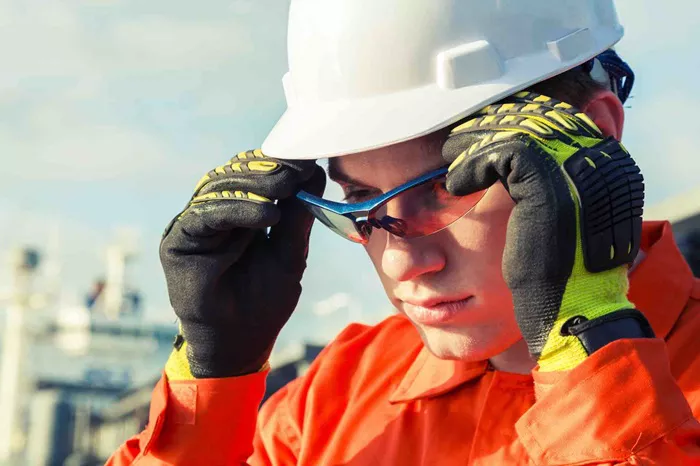As the fall season ushers in a flurry of leaf raking and yard maintenance, the risk of eye injuries also rises. Seasonal yard work, which often involves the use of leaf blowers, weed whackers, mowers, and lawn chemicals, poses significant dangers to eye health. The primary risk factor for such injuries is the lack of proper eye protection.
Protective Measures
To mitigate the risk of eye injuries, it is crucial to wear appropriate safety glasses while performing yard work. These can be purchased at most home improvement stores. For those who require prescription eyewear, consulting an eye care provider about protective prescription lenses is recommended.
Symptoms of Eye Injuries
Eye injuries can present with various symptoms, including:
Pain: This may range from light discomfort to sharp or throbbing pain.
Swelling: Look for redness, puffiness, and an enlarged appearance of the eyelids or surrounding areas.
Bruising: Bruising around the eye is a common sign of injury.
Problems with Eye Movement: Difficulty moving the eyes may indicate an injury.
Bleeding: Redness in the white part of the eye can be a sign of trauma.
Changes in Vision: Blurred vision or flashes of light may occur.
Light Sensitivity: Increased sensitivity to light, which causes discomfort, is another symptom.
When to Seek Medical Attention
Immediate medical attention is crucial for the best outcomes following an eye injury. Early intervention can significantly reduce the risk of severe complications.
Dr. Andrew Pearson, M.D., Chair of the Department of Ophthalmology and Visual Services at the University of HealthCare, emphasizes that addressing eye injuries promptly is essential for effective treatment and recovery.
For those engaging in fall yard work, taking proactive steps to protect your eyes can prevent serious injuries and ensure a safer season of outdoor activities.
Related topic:
Prevent Blindness Announces Inflammatory Eye Disease Awareness Week
Study Reveals Silk-Derived Protein as Effective Treatment for Dry Eye

